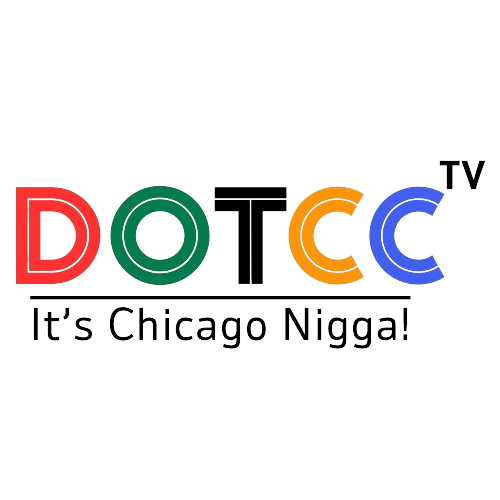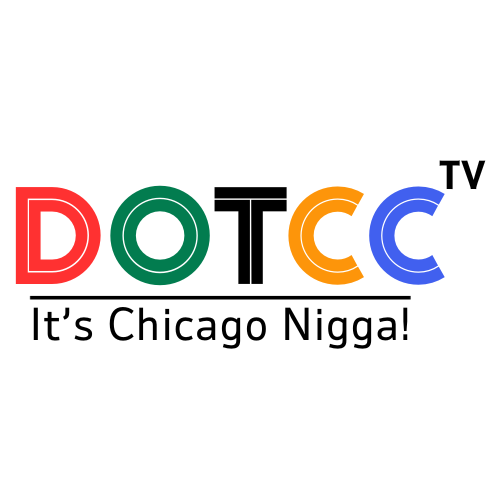On Thursday, the USA will formally start internet hosting the Copa America for the second time, having beforehand hosted the 2016 Copa America Centenario. Similar to eight years in the past, a Copa America on U.S. soil figures to be one of many largest — and most profitable — soccer spectacles on the calendar.
Reigning Copa and World Cup champions Argentina — with one Lionel Messi in tow — will compete, as will five-time World Cup champions Brazil. The U.S. males’s nationwide group will participate as nicely, which ought to elevate the group’s profile forward of the 2026 World Cup, which the U.S. is co-hosting with Canada and Mexico.
However not like the 2016 version, which funded the U.S. Soccer Federation’s actions for the years that adopted, the Copa America this time round will provide a much smaller monetary profit to the host nation.
In 2016, U.S. Soccer cleared round $75 million from internet hosting the Centenario, primarily based on federation monetary disclosures, in addition to the recollections of a number of federation sources, each previous and current. Moreover, Soccer United Advertising and marketing, or SUM, the advertising and marketing arm of Main League Soccer, received the bid to promote sponsorships for the match and helped U.S. Soccer with ticket gross sales, pumping much more cash into the American soccer ecosystem.
U.S. Soccer’s money available ballooned from $65.4m on the finish of the 2016 fiscal 12 months — which ended on March 31, 2016 — to $104.6m on the finish of the 2017 fiscal 12 months. That money infusion from the Centenario meant U.S. Soccer may function on a deficit, spending greater than it was bringing in for years afterward.
This time round, nevertheless, U.S. Soccer cannot count on the identical inflow. Based on federation sources, in addition to the federation’s 2024 Ebook of Reviews, U.S. Soccer is receiving $10m, plus a 5% “sanctioning price” on ticket gross sales (after gross sales taxes and facility charges). Sources count on that share to quantity to between $10-15m, making the federation’s whole haul for internet hosting the Copa America between $20-25m.
So, why the a lot smaller windfall? Largely, it is right down to the evolving state of worldwide soccer politics on the confederation stage.
The internet hosting rights for the 2016 Centenario had been first awarded to the U.S. in Could 2014, and a 12 months later, the respective management ranks of Concacaf and CONMEBOL had been cleared out by the U.S. Division of Justice’s investigation into FIFA corruption.
Jeffrey Webb and Jack Warner — then the present and former presidents of Concacaf — had been amongst these charged with racketeering and bribery offenses. Chuck Blazer, the Concacaf basic secretary, had already pled responsible. Nicolas Leoz and Eugenio Figueredo, each earlier presidents of CONMEBOL, had been additionally indicted. Extra indictments had been issued to Webb’s successor, Alfredo Hawit, and CONMEBOL president Juan Angel Napout.
The agency that owned the match’s media rights was additionally wrapped up within the authorized scandal, having doled out what the U.S. Division of Justice described as “tens of tens of millions of {dollars}” in bribes. That allowed U.S. Soccer’s longtime associate, SUM, the possibility to swoop in and take over a few of these rights.
The indictments put the match in danger, however on the behest of then-president Sunil Gulati and then-chief business officer Jay Berhalter, U.S. Soccer was prepared to step in and assume the entire monetary threat by masking the overhead prices of internet hosting. This allowed Gulati and Berhalter to extract favorable contract phrases that gave U.S. Soccer extra match income — particularly from ticket gross sales — through an area organizing committee (LOC) that basically ran the match. Any revenue the LOC made went proper again into the federation’s coffers.
None of this was a simple promote to the U.S. Soccer board of administrators, which wanted to approve the plan to host the occasion. There have been issues in regards to the reputational harm of doing enterprise with Concacaf and CONMEBOL so quickly after the indictments. There was additionally the brief lead time heading into the match, in addition to the monetary threat of placing cash up entrance to pay for overheads. Actually, the U.S. Soccer board voted in opposition to internet hosting the match as late as the autumn of 2015, solely to be finally satisfied that internet hosting can be useful to U.S. Soccer.
“Ultimately, we impressed upon the board the significance of the occasion to Concacaf and CONMEBOL as a part of their [financial stability] going ahead,” Gulati advised ESPN.
The match proved to be a large hit. Attendance reached almost 1.5 million, and averaged 46,370 spectators per match. And on this case, to the host went a superb chunk of the spoils.
A number of sources advised ESPN that this actuality later caught within the craw of CONMEBOL. Within the match’s aftermath, it grew to become obvious that COMNEBOL had left some huge cash on the desk, and it later created some stress between U.S. Soccer and the South American confederation. However the various was to not maintain the match once more in any respect, an unpopular concept given the precarious state of every get together’s respective funds.
By January 2023, the governance of each Concacaf and CONMEBOL had stabilized and the 2 confederations signed a collaboration settlement when the 2024 internet hosting rights had been granted to the USA. Extra virtually, CONMEBOL — and to a lesser extent Concacaf — weren’t about to overlook out financially once more.
The 2024 Copa is a three way partnership between CONMEBOL and Concacaf with the 2 confederations splitting a lot of the proceeds, and U.S. Soccer set to get the aforementioned $10m, plus 5% of ticket gross sales. U.S. Soccer can have no position within the precise operating of the match. There’s additionally a way, in principle not less than, that the member associations — and never simply the U.S. — ought to profit from the match’s proceeds, that are anticipated to eclipse these of 2016.
“The [2016] match was extraordinarily widespread. I imply, we offered a whole lot of tickets in a short time,” mentioned then-SUM president Kathy Carter. “Now with the run-up that they’ve, I anticipate it to be equally, if not higher than what we skilled eight years in the past.”
There’s a line of pondering inside some corners of the federation that the U.S. may have negotiated a greater deal. Different sources counter that U.S. Soccer did fairly nicely contemplating that they are not doing any of the heavy lifting because it pertains to operating the match.
When requested if the federation may have extracted more cash from the match, U.S. Soccer CEO J.T. Batson mentioned, “We’re extremely enthusiastic about taking part within the Copa, and we expect it should be nice for our group and it is gonna be nice for the nation within the lead as much as 2026.”
Actually the monetary advantages to the U.S. for internet hosting the 2024 Copa are extra modest, however there’s something to be mentioned in regards to the match priming the market forward of the 2026 World Cup. The U.S. males’s nationwide group can even profit by getting a collection of aggressive video games that it would not in any other case see this cycle since there isn’t a World Cup qualifying to maintain the group sharp.
U.S. Soccer will obtain $2m simply by having the USMNT take part within the Copa America, plus further prize cash if the group progresses to the knockout rounds. However per the newest collective bargaining settlement hashed out with the USMNT, 70% of any prize cash will go to the gamers, with one other 9% going into the pool of cash break up between the lads’s and girls’s nationwide groups. U.S. Soccer will obtain the remaining 21%, which is able to quantity to $840,000 if the USMNT exits the match on the quarterfinal stage.
Suffice to say, U.S. Soccer’s coffers will not get the massive inflow of money that it acquired in 2016. And it is clear that U.S. Soccer’s affect at Concacaf and FIFA stage is at a low ebb, due partially to the heavy turnover within the federation’s management, too.
Beforehand, the likes of Alan Rothenberg, Gulati and former president Carlos Cordeiro spent many years cultivating relationships inside these organizations. That’s one thing that present U.S. Soccer president Cindy Parlow Cone, who has been in her submit for 4 years, in addition to Batson, who was employed 20 months in the past, cannot match simply but. That will change in time, and Cone was named to the Concacaf Council in 2023. Nonetheless, the icy relations between Cordeiro and a few components of the present U.S. Soccer management imply his place as senior adviser to FIFA president Gianni Infantino is not one thing that may be leveraged to its fullest extent.
For now, although, U.S. Soccer must be pleased with the deal it has made, and hope that the Copa America finally ends up priming the pump for the 2026 World Cup.


:max_bytes(150000):strip_icc()/beef_stroganoff_072_0-1-14b979e7e0e943e0bea96ca93d54ef06.jpg)